We've all wondered about the creative processes of exceptionally talented, successful writers. Well, as Ellen Weinstein reveals in her book, Recipes for Good Luck, many of them believed in superstitions and had quirky little rituals for success. Who knew?! Famous authors — they're just like us! Here are some of the strangest habits these writers followed for good luck:
1. Agatha Christie ate apples in the bath.

Famed mystery author Agatha Christie, who wrote such classics as Murder on the Orient Express, munched on apples in the bathtub while envisioning murder mysteries. Her bath-time routine appears to have brought her success: She penned more than 60 detective novels over her career, as well as the long-running play The Mousetrap, and her novels have sold an estimated two billion copies.
2. Charles Dickens slept facing north.
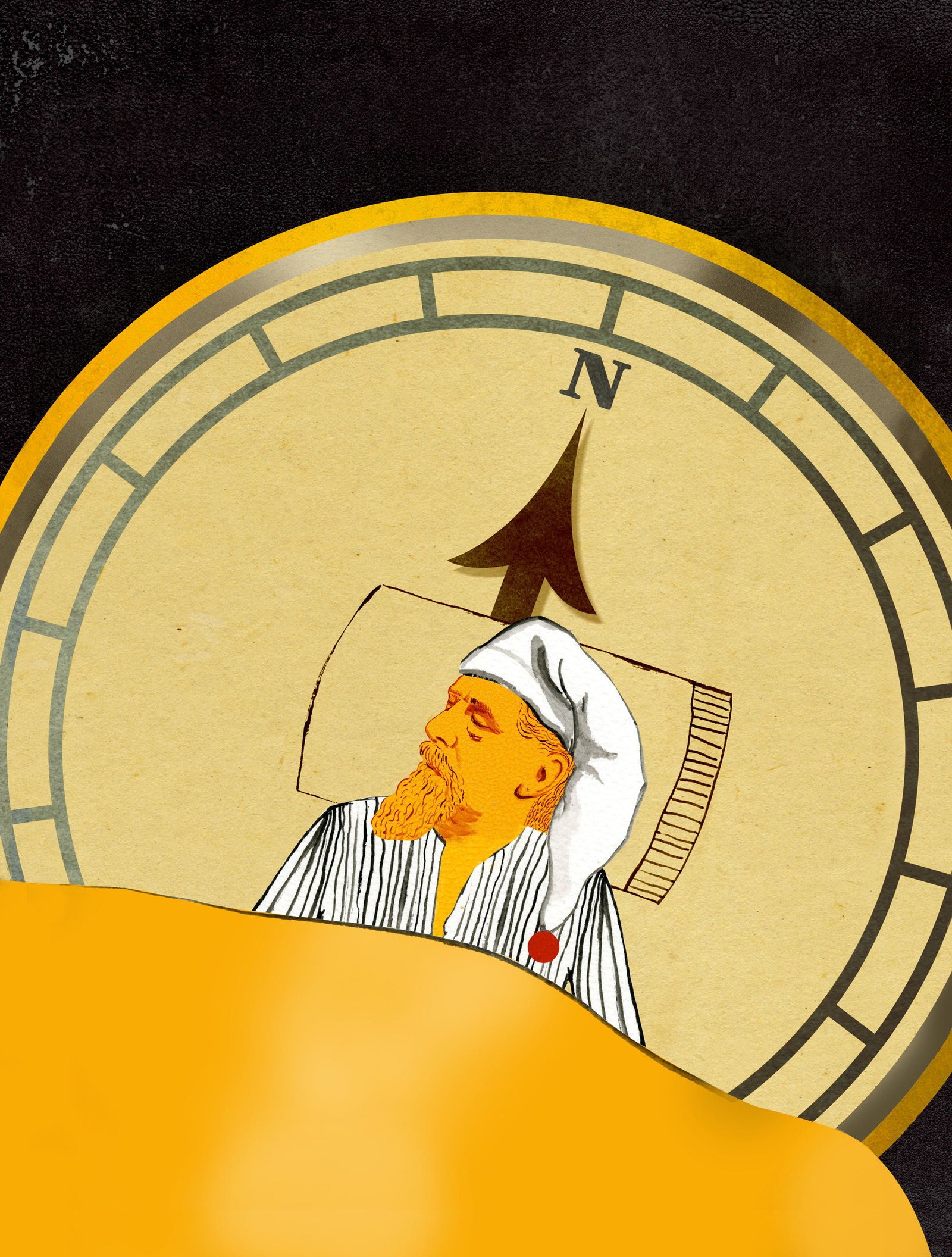
Charles Dickens carried a navigational compass with him at all times and always faced north while he slept — a practice he believed improved his creativity and writing. The author of such classic novels as A Christmas Carol and Great Expectations, Dickens was also a social critic guided by a strong moral compass, which he made evident through his incisive depictions of socioeconomic conditions.
3. Dr. Seuss wore a hat when he was creatively blocked.
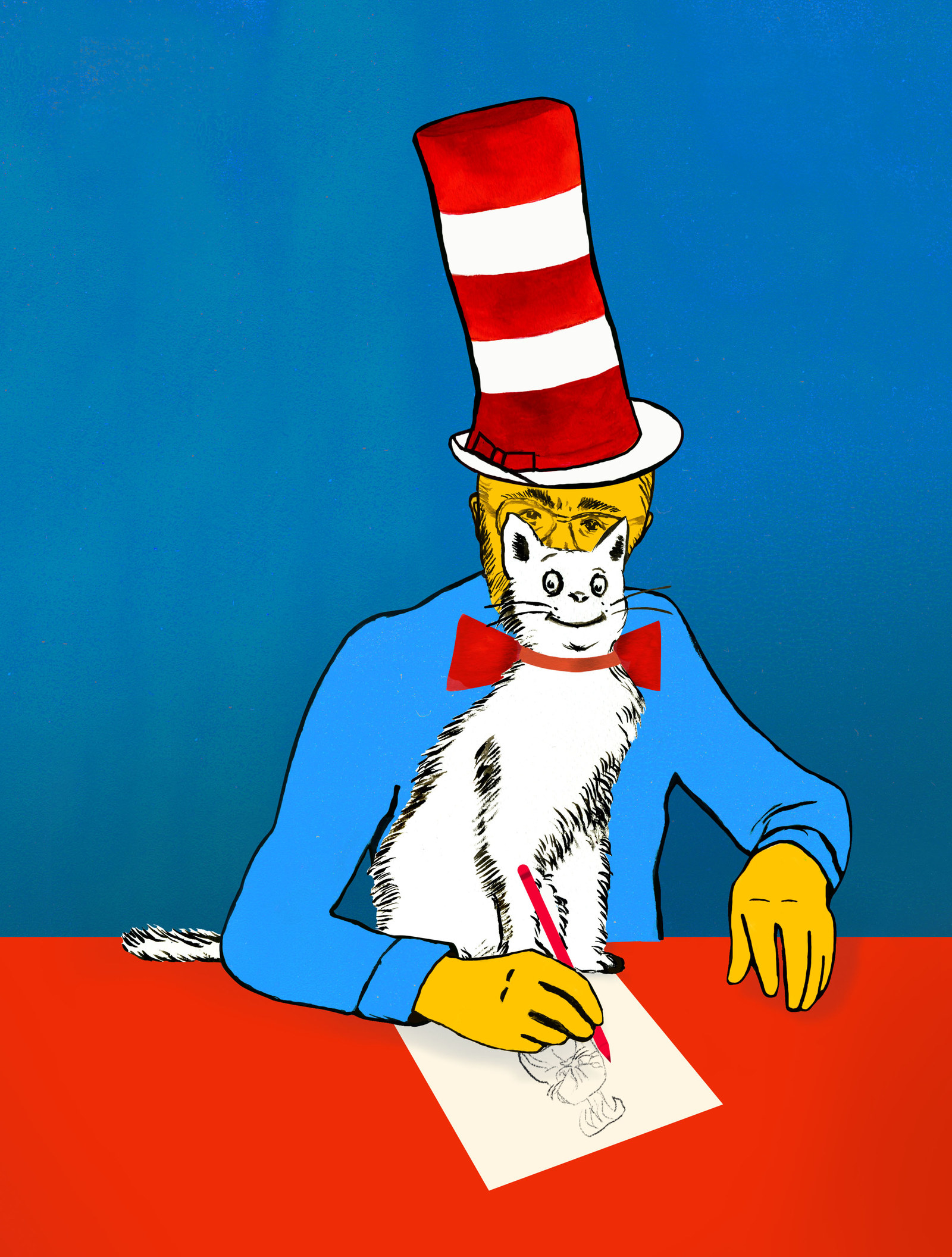
Author and illustrator Theodor Seuss Geisel, better known as Dr. Seuss, kept an immense collection of nearly 300 hats. When facing writer’s block, the place Dr. Seuss would go was his secret closet, where he would choose a hat to wear until he felt inspired. His whimsical habits helped him create some of our most popular children’s books — including the classic The Cat in the Hat.
4. Gabriel García Márquez read the news before writing.
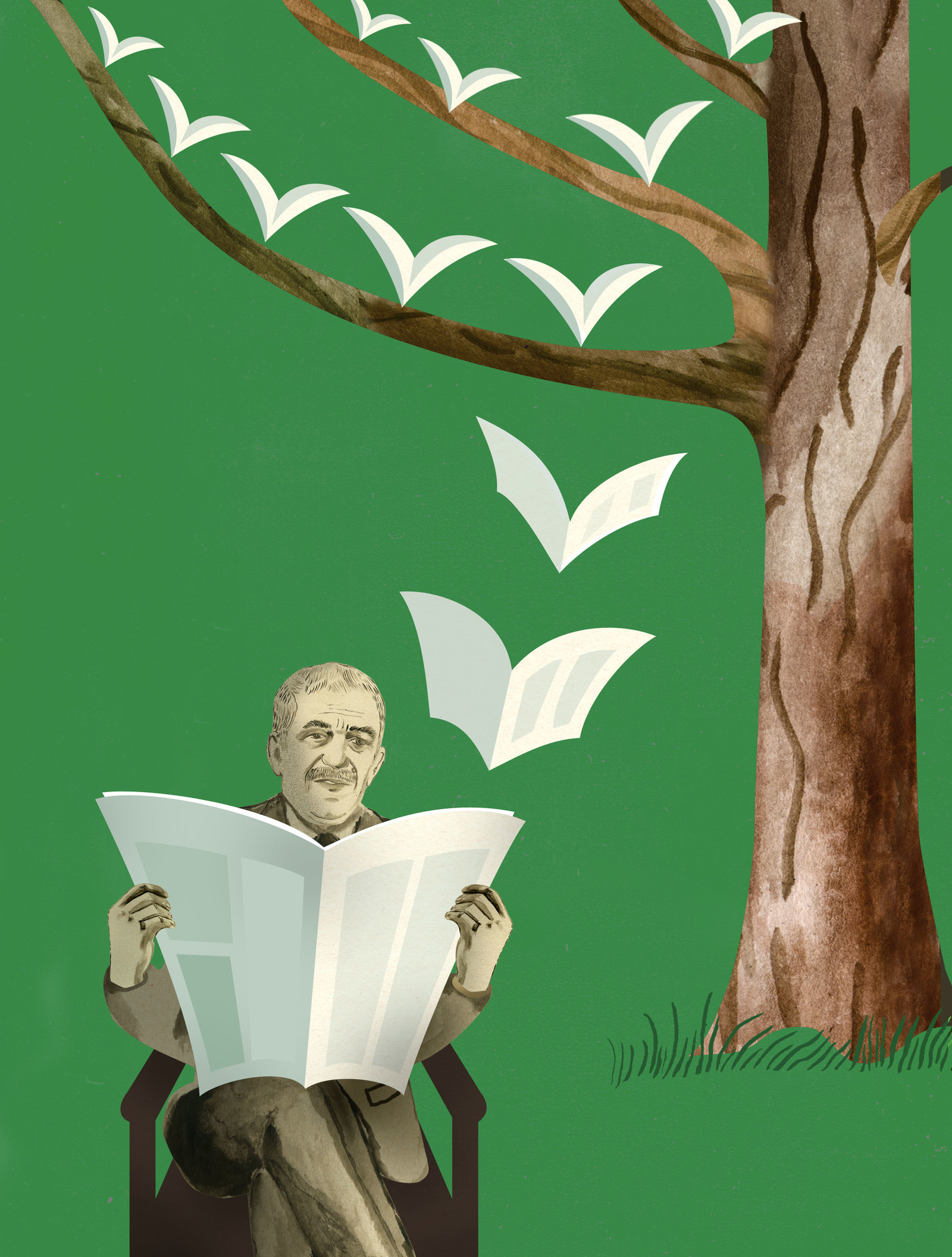
Originally a news journalist prior to becoming a novelist, Gabriel García Márquez (1927–2014) would wake before dawn every day and read the newspapers before he would begin writing. His form of magical realism — for which he earned the Nobel Prize in Literature in 1982 — was rooted in the real. After working as a reporter for a Colombian newspaper he began writing and selling stories to make money. Eventually these stories bloomed into such novels as Love in the Time of Cholera and One Hundred Years of Solitude.
Check out the Gabriel García Márquez author page at Amazon, Barnes & Noble, or at IndieBound for a list of local booksellers.
5. Haruki Murakami goes running every morning.
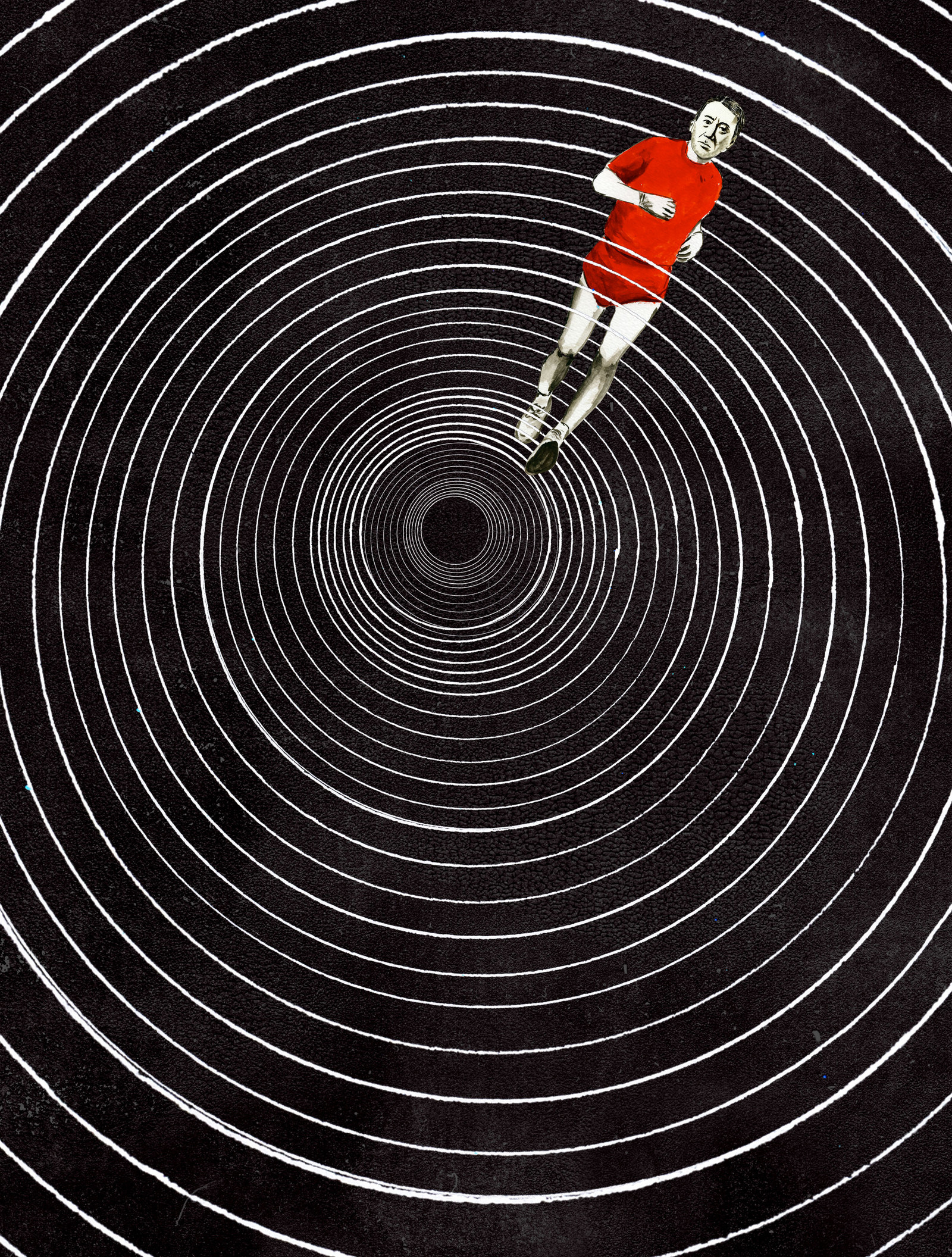
Acclaimed Japanese author Haruki Murakami is a disciplined athlete as well as writer. Running and exercise are an integral part of his daily routine, which can include waking up as early as 4 a.m. and going to bed as early as 9 p.m. Running helps to calm his mind and gets him into the mesmerized state he needs to be in for his writing.
6. Isabel Allende starts every book on the same day.
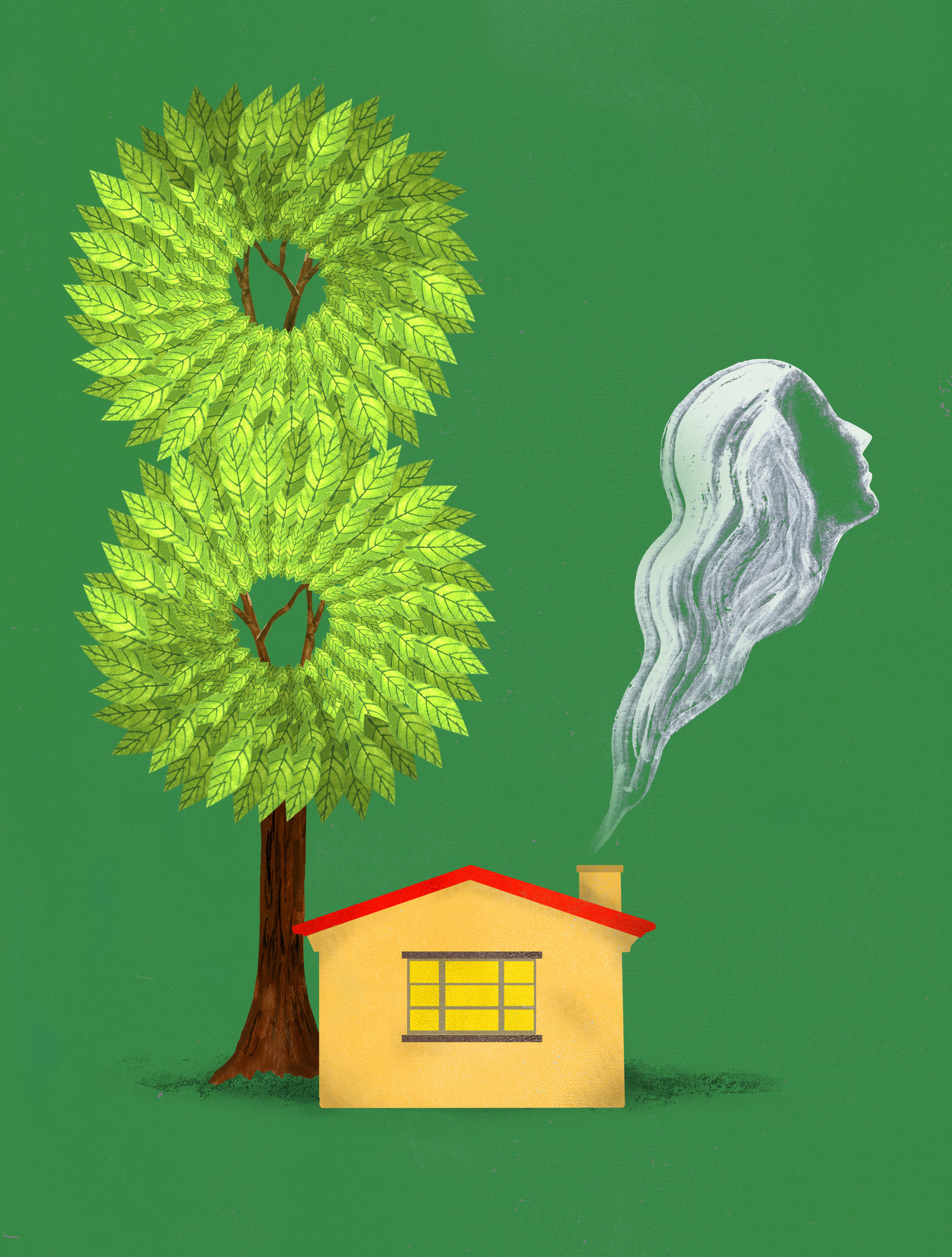
Chilean-American author Isabel Allende began writing her first novel on January 8, 1981. What had started as a letter to her grandfather who was dying eventually transformed into The House of the Spirits. Allende now begins all of her books on that same day, January 8 — initially out of allegiance with the critical and commercial success of her first book. But now, she says, she does it because she can be in solitude, since everyone knows she is not to be disturbed on that date.
6. John Steinbeck needed two dozen sharpened pencils.

John Steinbeck (1902–1968), author of such classics as The Grapes of Wrath, East of Eden, and Of Mice and Men, liked to write his drafts in pencil. He always kept exactly two dozen perfectly sharpened pencils on his desk, and he was very particular about the brand of pencils and how they were sharpened. His to-the-point writing technique resulted in a large body of work, which earned him a Nobel Prize in Literature and a Pulitzer Prize.
7. Maya Angelou wrote in a hotel room.

Renowned author, poet, and civil rights activist Maya Angelou (1928–2014) would leave her apartment at 6 a.m. and go to a tiny bare hotel room until 2 p.m. to write. The only things she would take with her were a legal pad, a dictionary, Roget’s Thesaurus, a Bible, a deck of cards, and a bottle of sherry, and she would ask that the hotel staff remove everything from the walls of her room.
8. Patricia Highsmith ate a lot of eggs and bacon.
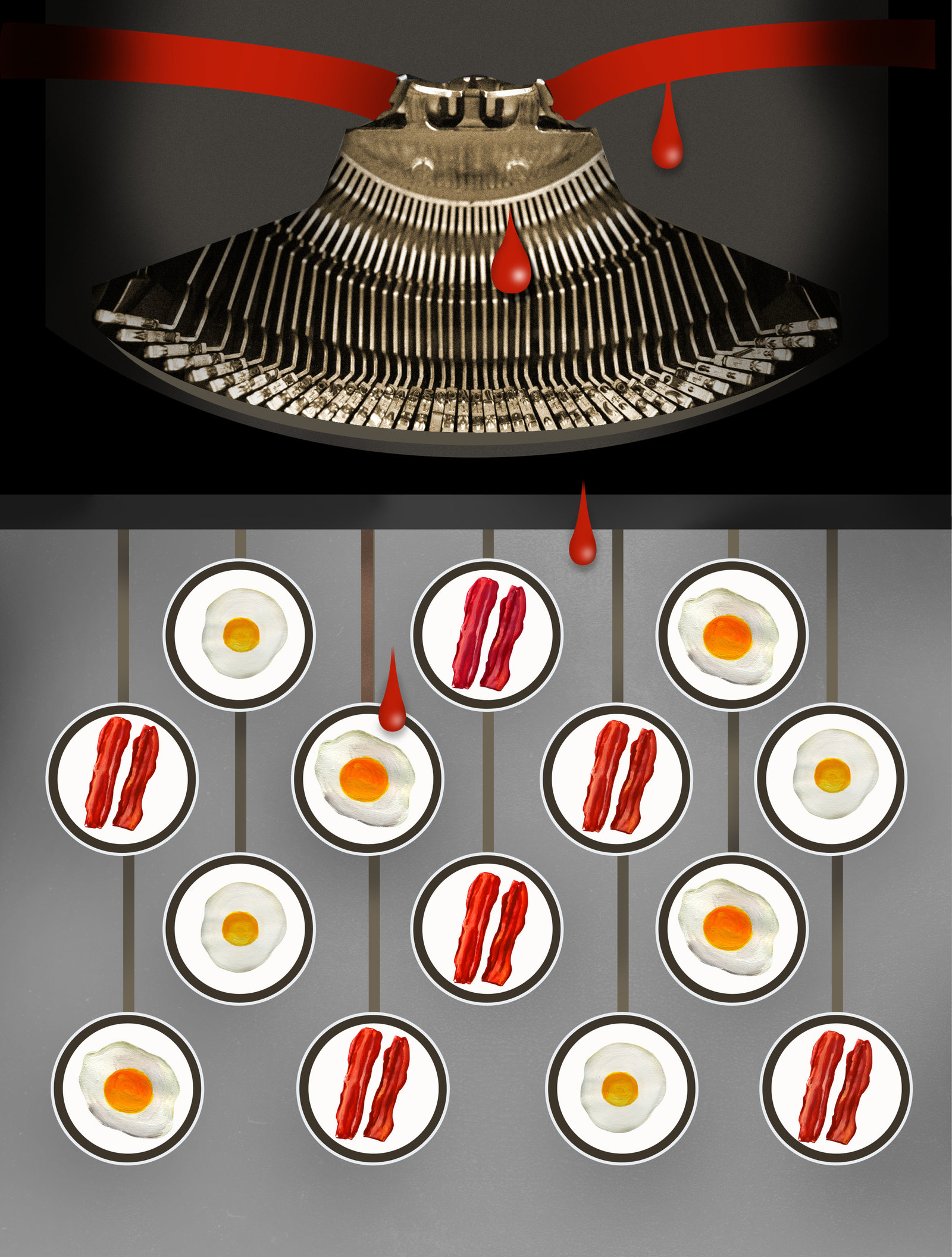
Patricia Highsmith, author of the psychological thrillers Strangers on a Train, The Price of Salt, and The Talented Mr. Ripley, saved the suspense for her writing by taking the mystery out of her eating habits: According to a friend, she ate fried eggs and bacon for almost every meal.
10. Virginia Woolf wrote at a standing desk.
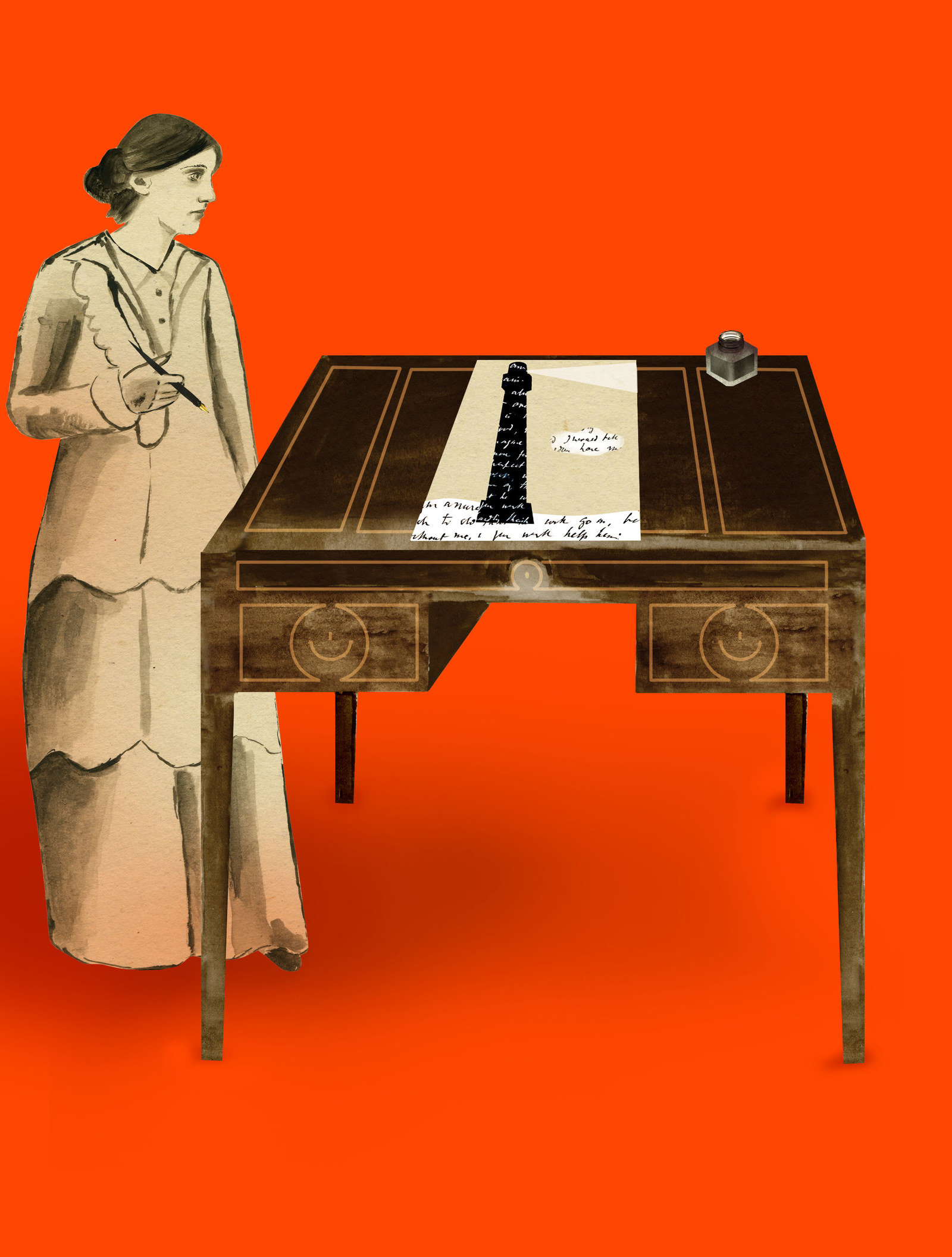
Regarded as one of the most influential writers of the 20th century, Virginia Woolf (1882–1941) penned her classics — among them To the Lighthouse and Mrs. Dalloway — from a standing desk. Like a painter, she preferred to be able to regularly step away from her work to get a different view.
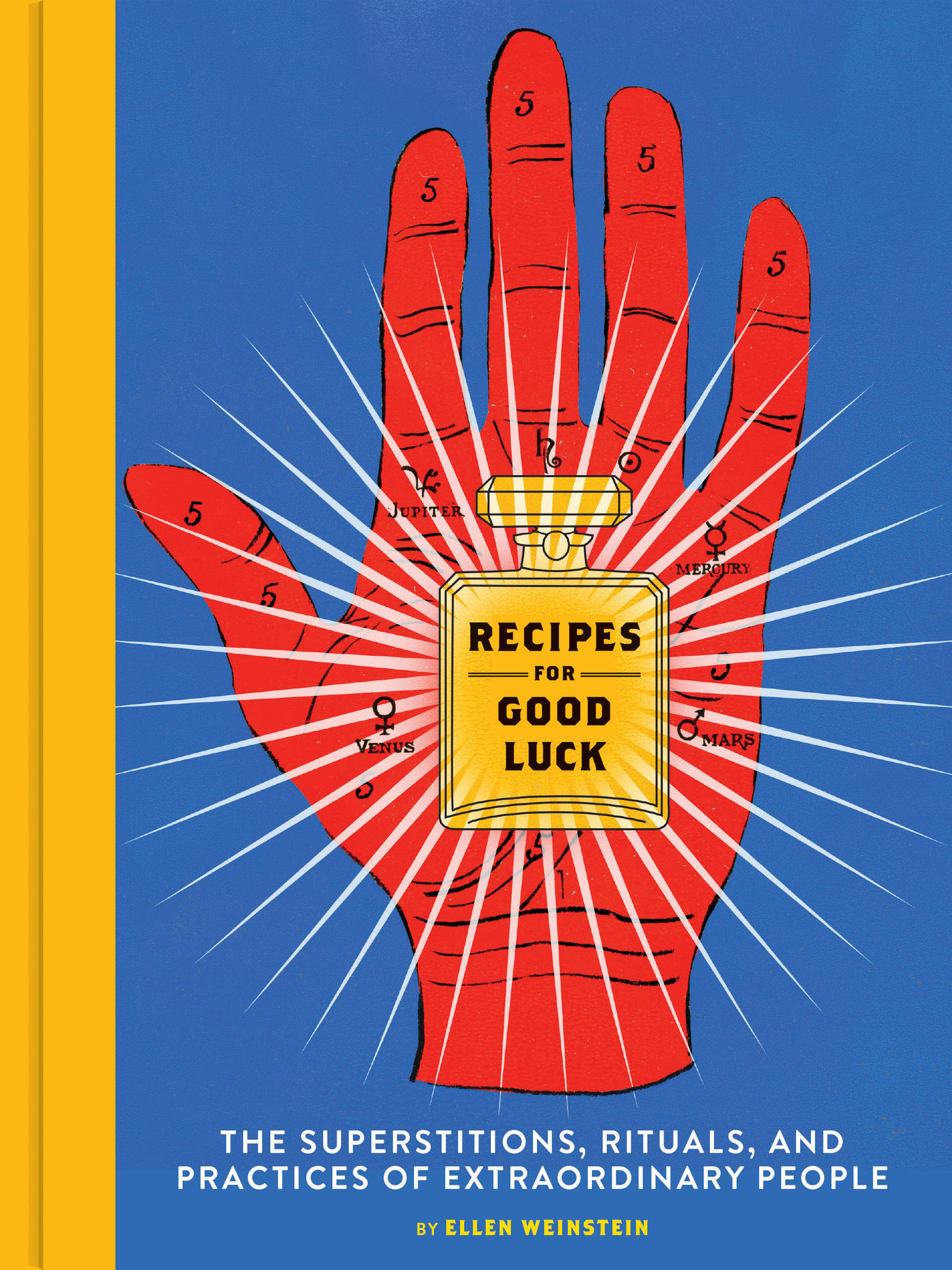
Text adapted from: Recipes for Good Luck: The Superstitions, Rituals, and Practices of Extraordinary People by Ellen Weinstein, published by Chronicle Books 2018.
You can find more information about Recipes for Good Luck here.
